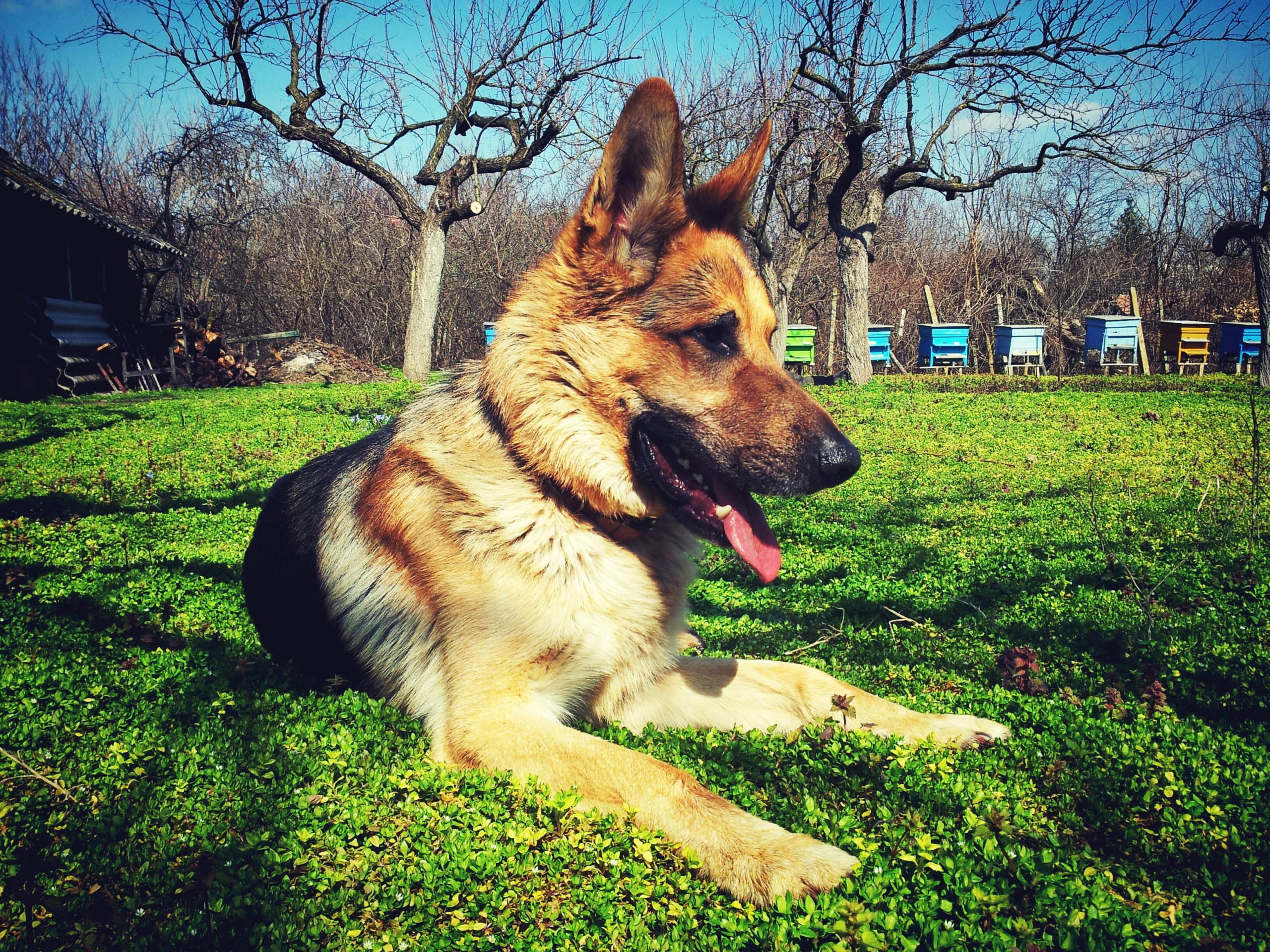Dogs are known for their incredible diversity in terms of size, appearance, and temperament, thanks to centuries of selective breeding. With such a wide array of dog breeds, it is natural to wonder if different breeds can reproduce and produce offspring. In this article, we will explore the question of whether 2 different dog breeds can reproduce, and discuss the various factors involved in interbreeding.

1. Understanding Dog Breeding and Reproduction
Dog breeding refers to the controlled mating of two dogs with the aim of producing offspring that possess desired traits. Here are some key points to understand about dog breeding and reproduction:
- Species: All domesticated dogs, regardless of their breed, belong to the same species, Canis lupus familiaris. This means that they can interbreed and produce fertile offspring.
- Breeds: Dog breeds are distinct varieties within the same species. Each breed has specific physical and behavioral characteristics that have been selectively bred by humans over generations. Breeds are not separate species, but rather variations within the larger dog population.
- Reproductive Compatibility: In general, dogs of different breeds can reproduce and produce offspring. The reproductive compatibility between two different breeds depends on factors such as size, genetic compatibility, and anatomical differences. However, successful reproduction can be more challenging between breeds that are significantly different in size or have contrasting physical traits.

2. Factors Affecting Reproduction Between Different Dog Breeds
While dogs of different breeds can reproduce, certain factors can affect the success and viability of the resulting offspring. Here are some key points to consider:
- Size and Anatomy: Dogs of significantly different sizes may face challenges during mating and reproduction. Mating between very large and very small breeds can be physically difficult or even dangerous for both dogs. It is important to ensure the safety and well-being of the dogs involved.
- Genetic Compatibility: Genetic compatibility plays a crucial role in successful reproduction. Breeds that have been selectively bred for generations may have distinct genetic traits that can impact the viability and health of the offspring. Some combinations may result in genetic disorders or other health issues, while others may be more compatible.
- Fertility: Fertility can vary among individual dogs, regardless of breed. Some dogs may have reduced fertility due to genetic factors or health conditions, which can affect their ability to reproduce successfully, even with dogs of the same breed or a different breed.
- Health Considerations: It is essential to prioritize the health and welfare of the dogs involved in interbreeding. Responsible breeders conduct thorough health checks and genetic testing to ensure that the dogs are free from hereditary diseases or conditions that could be passed on to the offspring.
- Intention and Purpose: The decision to breed two different dog breeds should be made responsibly and with a clear purpose in mind. Breeding for novelty or creating so-called “designer breeds” without due consideration for the health and welfare of the dogs is generally discouraged.

3. Crossbreeding and Mixed Breed Dogs
When dogs of different breeds mate and produce offspring, the resulting puppies are known as crossbreeds or mixed breed dogs. Crossbreeding can result in a combination of traits from both parent breeds, and the puppies may exhibit a wide range of characteristics. Here are some key points about crossbreeding:
- Traits and Variability: Crossbred dogs can inherit traits from both parent breeds, resulting in a diverse range of appearances, sizes, and temperaments. This variability can be appealing to some individuals looking for unique companions.
- Health and Vigor: Crossbreeding can sometimes lead to a phenomenon known as hybrid vigor or heterosis. This refers to increased vitality and health in the offspring compared topurebred dogs. The combination of genetic material from different breeds can help reduce the likelihood of inherited genetic disorders.
- Popularity: Mixed breed dogs have gained popularity in recent years due to their unique characteristics and potential health benefits. Many people appreciate the individuality and unpredictability of mixed breed dogs.
- Adoption and Rescue: Mixed breed dogs are often found in animal shelters and rescue organizations. Adopting a mixed breed dog can be a rewarding experience and provides a loving home for a dog in need.
- Training and Socialization: Regardless of breed, proper training and socialization are essential for all dogs. It is important to invest time and effort into training and providing a nurturing environment for crossbred dogs.

Conclusion
In conclusion, dogs of different breeds can reproduce and produce offspring, although certain factors may affect the success and viability of the offspring. It is important to consider factors such as size, genetic compatibility, and health when breeding dogs of different breeds. Responsible breeding practices prioritize the well-being and health of the dogs involved, and aim to avoid the propagation of genetic disorders. Crossbreeding can result in mixed breed dogs that exhibit a combination of traits from both parent breeds, offering unique companionship and potential health benefits. Whether breeding purebred dogs or considering a mixed breed, it is crucial to approach dog breeding and ownership with care, responsibility, and respect for the welfare of the animals.

Leave a Reply